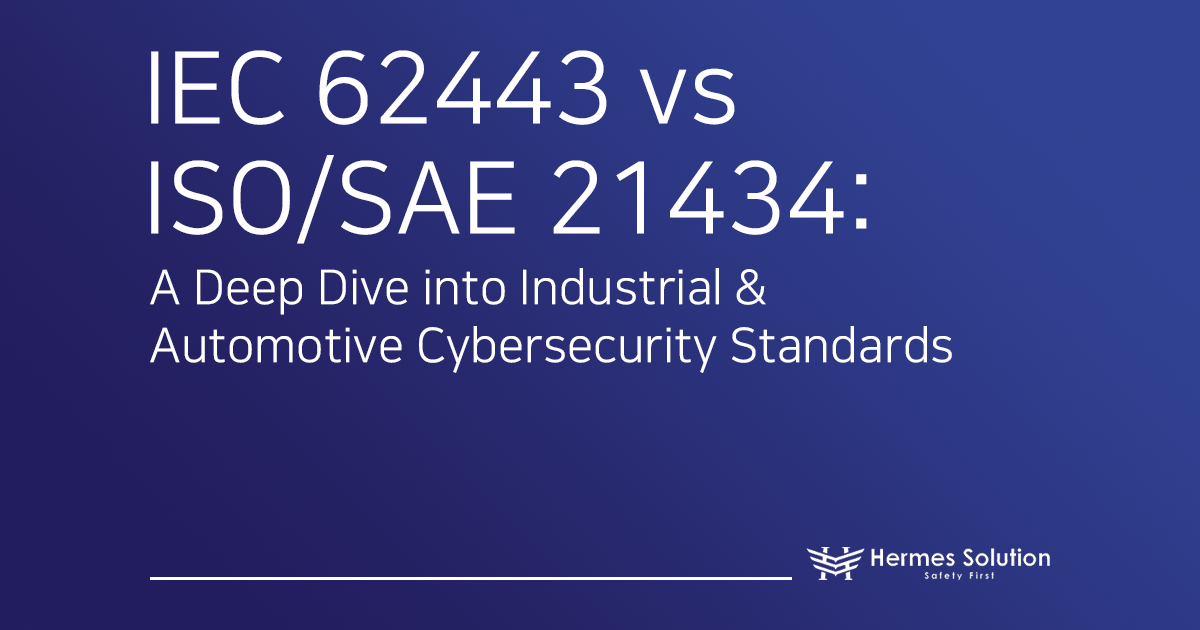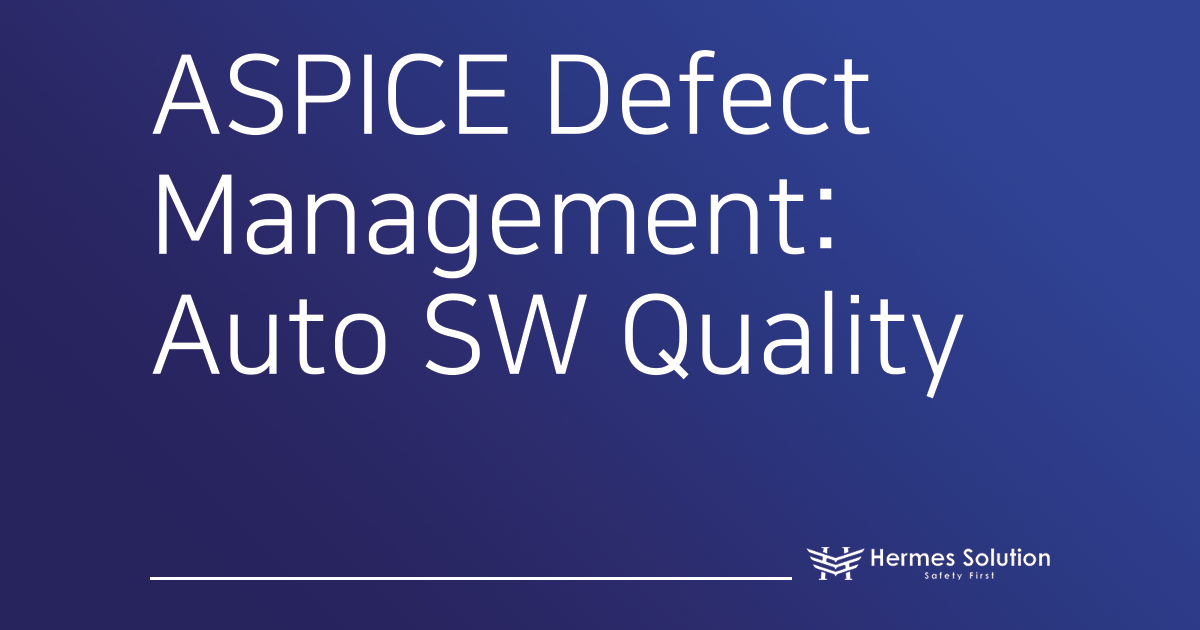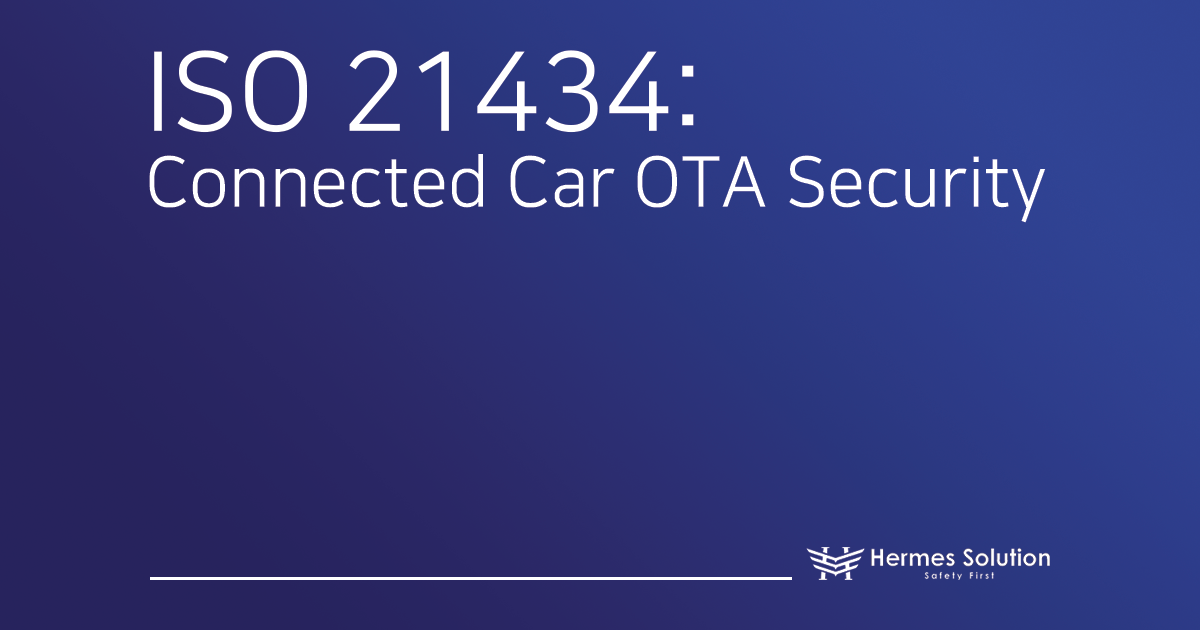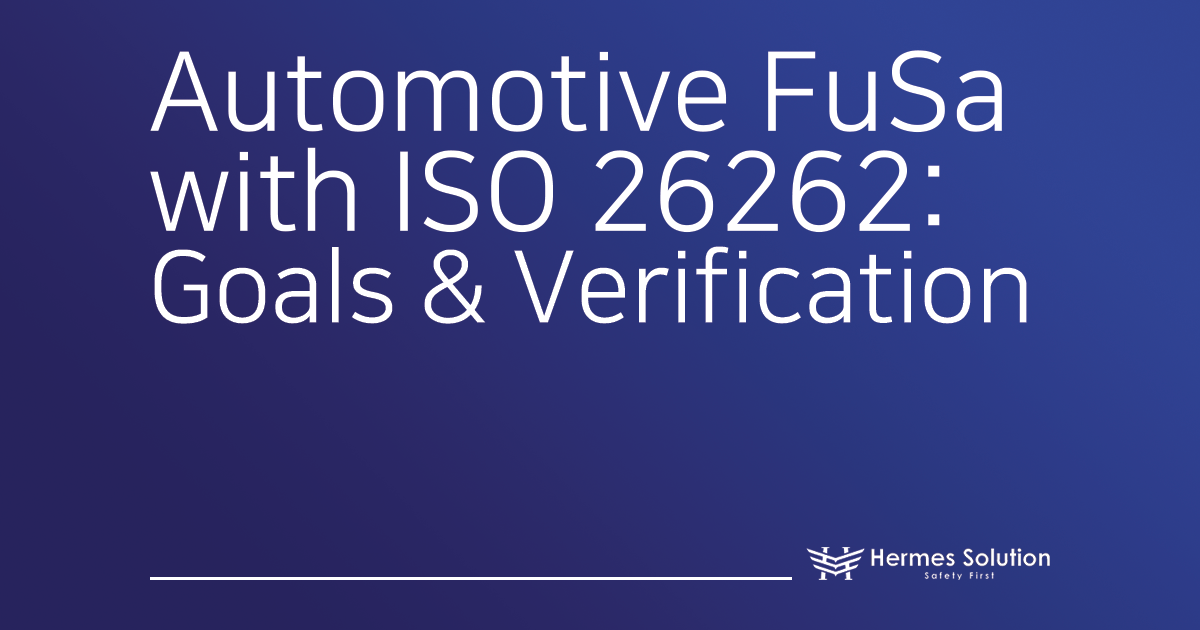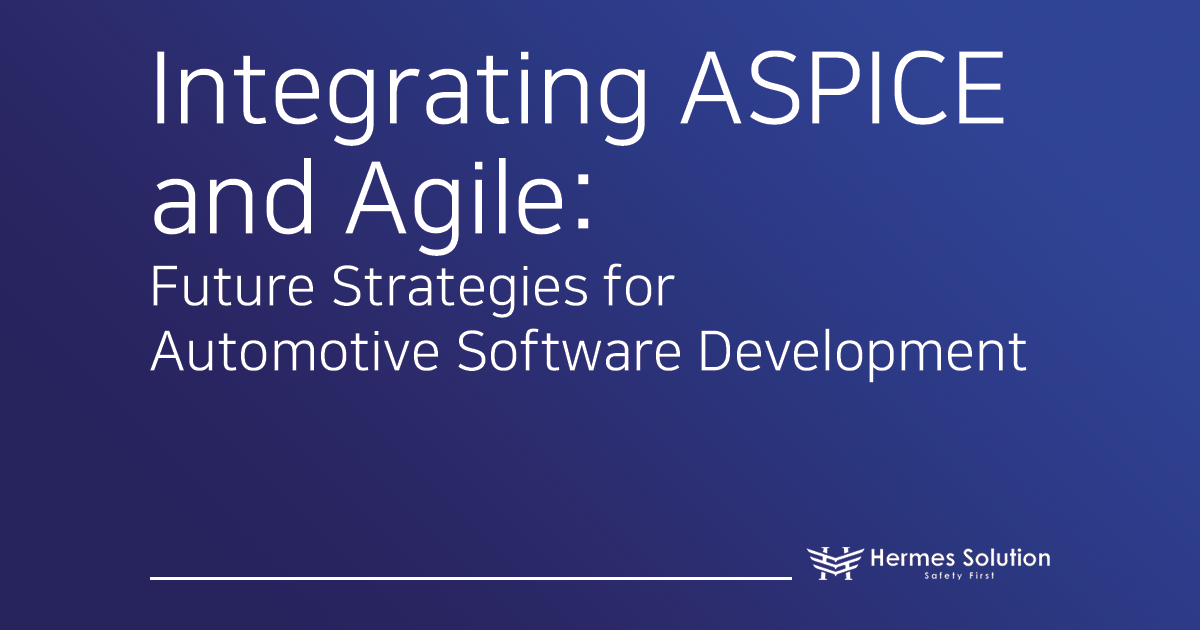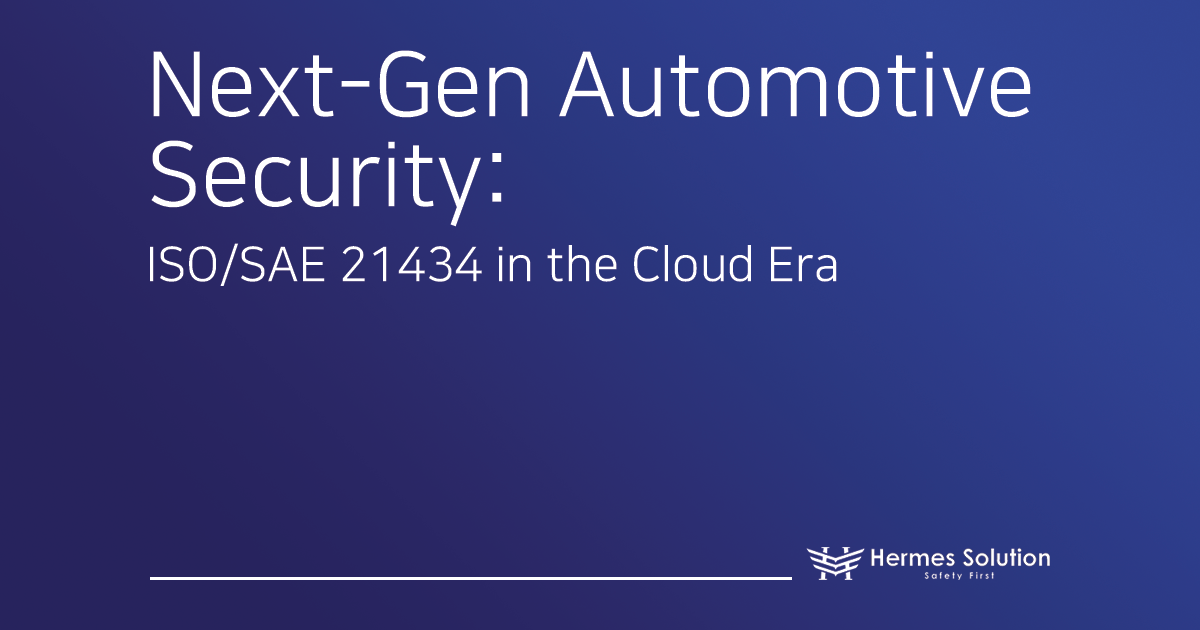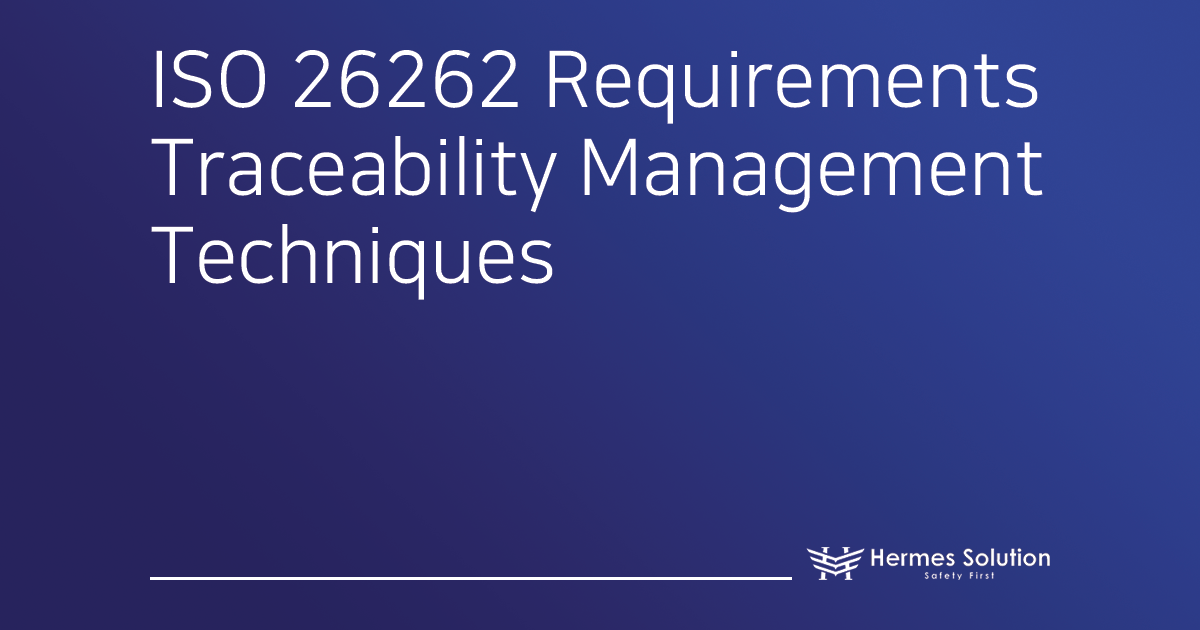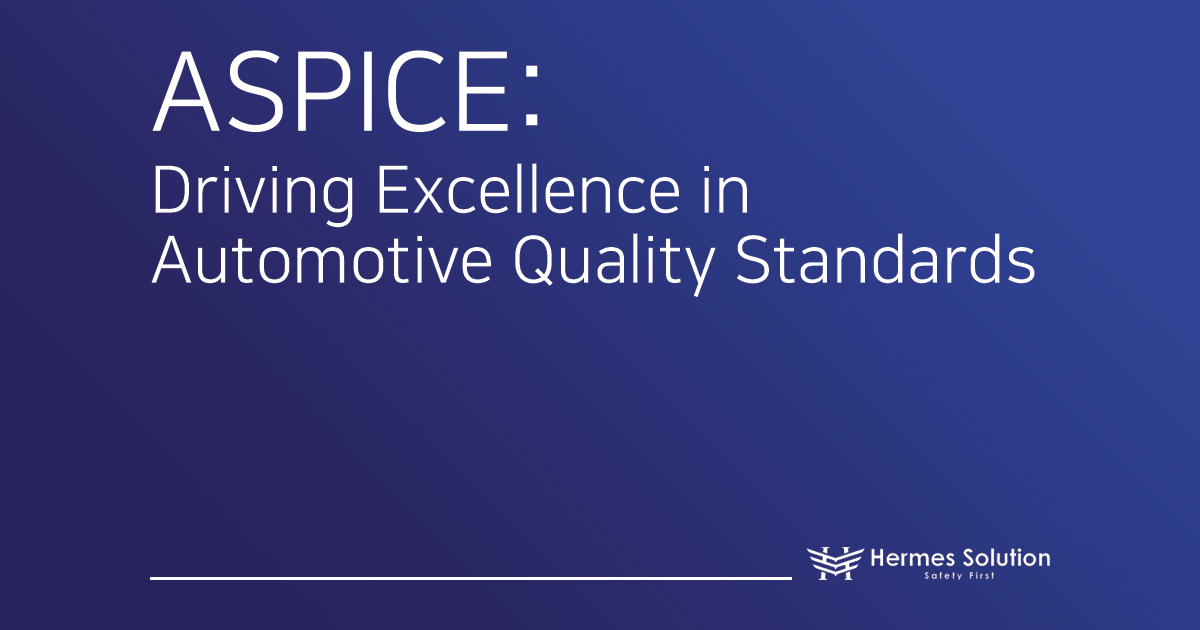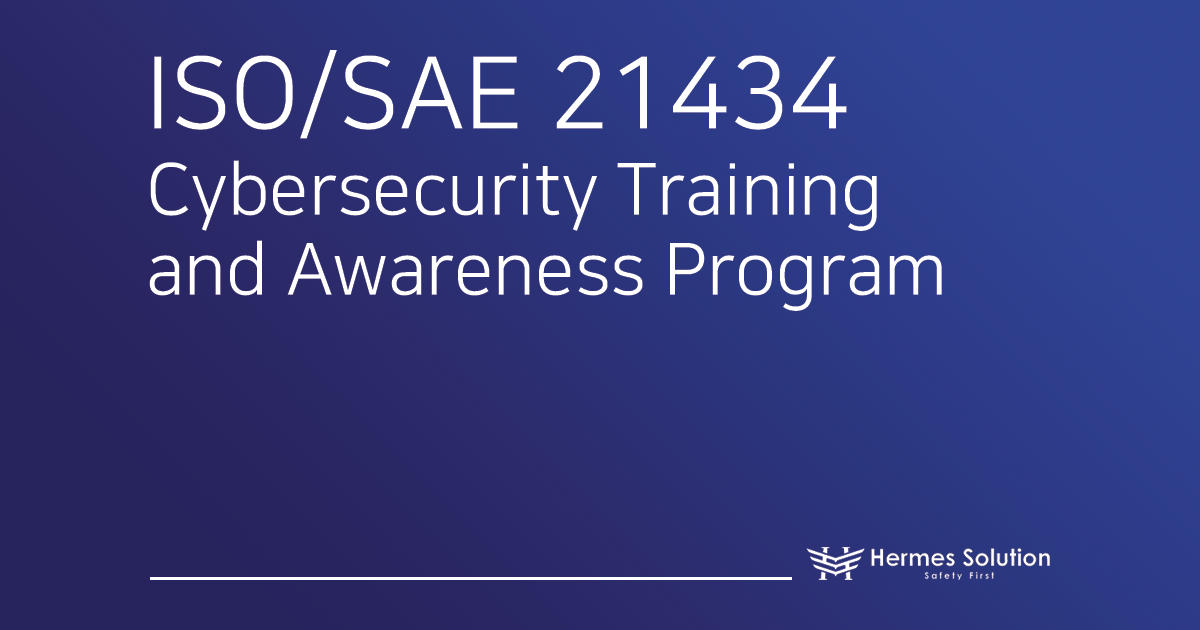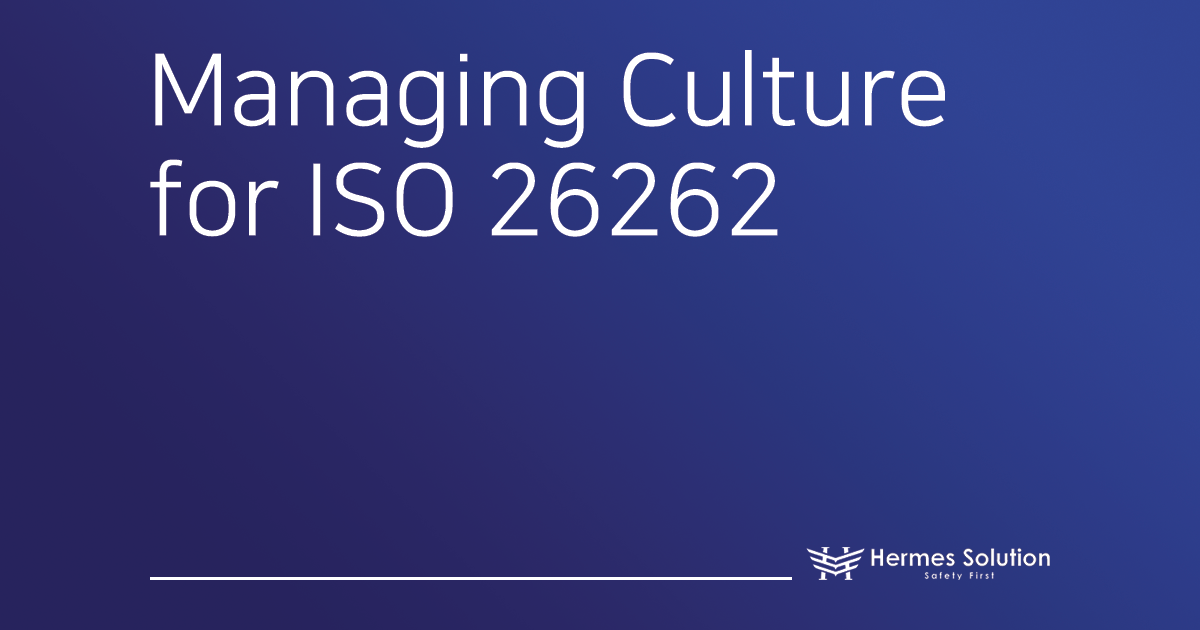Hello Hermes Solution blog visitors! This week, we’ve prepared a special topic for engineers taking their first steps into the automotive embedded systems field. The automotive industry is rapidly evolving, and in embedded systems, Functional Safety and Process Quality are more crucial than ever. For a new embedded engineer, these concepts might seem complex and challenging. However, with a structured roadmap, you can master them. This article, focusing on ASPICE and ISO 26262, outlines the learning journey necessary for new embedded engineers to kickstart a successful career.
Step 1: Building Foundational Knowledge – Understanding the “Why” First!
In any field, understanding the ‘why’ is paramount. In the automotive sector, functional safety and process quality go beyond mere regulatory compliance; they are critical for protecting lives and safeguarding a company’s reputation. Understanding the associated risks and recognizing the benefits of compliance is the starting point for your learning. Since ASPICE and ISO 26262 are complex and filled with specialized terminology, establishing a solid conceptual foundation is essential.
Recommended Online Resources/Courses:
YouTube Channels: Explore various free videos on ISO 26262 and ASPICE standards, testing capabilities, and functional safety. These are highly useful for beginners.
Focus on Key Concepts & Terminology: Prioritize clearly understanding the definitions of ASPICE, ISO 26262, V-model, Capability Levels, ASIL, HARA, and more. A strong grasp of these terms will enable you to effectively absorb detailed content.
Step 2: In-Depth Process and Practical Learning – Applying Theory to Practice
Once you’ve built your foundation, it’s time to delve deeper into the ASPICE process areas and ISO 26262 lifecycle phases. This is crucial for understanding the core of automotive embedded system development.
Learn Specific ASPICE Process Areas: Focus on the SYS (System Engineering) and SWE (Software Engineering) process groups. These are central to embedded development, and understanding the fundamental practices of each process is important.
Study ISO 26262 Lifecycle Phases: Dive deep into the Concept Phase (HARA, ASIL determination, FSC functional safety concept), System Level Development, Hardware Development, and Software Development. It’s vital to grasp what activities occur in each phase.
Importance of Documentation & Traceability: Both standards emphasize thorough documentation and end-to-end traceability from requirements to testing. These are essential capabilities for demonstrating compliance and managing changes.
Introduction to Common Tools: Become familiar with various types of tools used in the industry. Understanding how these tools implement theoretical concepts into actual development workflows is key.
ALM (Application Lifecycle Management) Tools: Used for requirements management, traceability, and change management (e.g., DOORS, IBM ELM, Vector PREEvision, Polarion, Jama, Codebeamer, Visure Requirements ALM Platform).
Static Analysis Tools: Used for code quality, adherence to coding guidelines (e.g., MISRA C), and error detection (e.g., Polyspace, Axivion).
Model-Based Development (MBD) Tools: Used for system design and verification, and code generation (e.g., MATLAB/Simulink, System Composer, Embedded Coder).
Testing and Validation Tools: Used for unit, integration, and system testing, and automated testing (e.g., Simulink Test, NI tools).
Step 3: Real-World Application & Certification – Proving Your Expertise and Expanding Your Career
This stage involves applying theoretical knowledge to real-world scenarios and proving your expertise through certification. Practical experience and certifications will enhance your value in the automotive functional safety domain.
Gain Practical Experience:
Personal Projects: Apply the principles you’ve learned to personal embedded projects, focusing on structured development, requirements, and basic safety considerations.
Internships/Entry-Level Positions: Look for opportunities at automotive companies that actively implement or comply with ASPICE and ISO 26262. Even if it’s not a functional safety role, exposure to these processes is invaluable.
Safety Analysis Tool Experience: Gain experience with tools like HARA (Hazard Analysis and Risk Assessment), FMEA (Failure Mode and Effects Analysis), FTA (Fault Tree Analysis), and FMEDA (Failure Mode, Effects, and Diagnostic Analysis).
Obtain Certifications:
ISO 26262 Functional Safety Engineer (Level 1): Offered by certification bodies like TÜV SÜD. It covers an overview of functional safety, safety management, HARA, ASIL, and the safety lifecycle, concluding with an exam. No prior experience is required for Level 1.
ASPICE Provisional Assessor: Recommended to pursue after gaining practical experience.
These steps are crucial for validating theoretical knowledge with practical understanding and staying up-to-date in a rapidly evolving field.
Core Competencies & Career Impact – Your Expertise Drives the Future
An automotive functional safety/process engineer isn’t just about technical knowledge. You need to possess the following core competencies:
Technical Expertise: Proficiency in system engineering principles, embedded system development, knowledge of hardware/software/network systems, programming languages (C/C++), modeling tools (Simulink, UML), and coding guidelines (MISRA C).
Risk Assessment Capability: Ability to identify potential risks, analyze hazards, and prioritize mitigation strategies. Experience with HARA, FMEA, FTA, FMEDA.
Safety Standards & Regulations Knowledge: Deep understanding and application ability of ISO 26262, ASPICE, and related standards like IEC 61508, ISO 21434 (Cybersecurity), and ISO 21448 (SOTIF).
Analytical & Problem-Solving Skills: Ability to analyze complex systems, identify safety risks, and effectively implement solutions.
Communication & Collaboration: Ability to clearly convey complex technical information, lead cross-functional teams, and collaborate with OEMs and suppliers.
Documentation & Traceability: Meticulous attention to process documentation and ensuring traceability of requirements and work products.
Continuous Improvement Mindset: Willingness to improve safety processes and tools, and stay updated on standards and new technologies.
These competencies illustrate that functional safety engineering acts as a vital bridge between technical implementation, regulatory compliance, and organizational processes, going beyond simply writing code or analyzing circuits.
Career Opportunities & Growth in Automotive Embedded Systems
The rise of electric vehicles and autonomous driving has dramatically increased the demand for functional safety engineers. Roles include SQA Engineer – Embedded Systems, Functional Safety Engineer, Staff Engineer, System Engineer, and more. These roles are often in high demand due to a limited pool of qualified candidates, offering long-term job security. Career paths can progress from entry-level to mid-level, senior, and expert roles.
The high demand and specialized nature of functional safety roles suggest that investing in ASPICE and ISO 26262 knowledge provides a significant competitive advantage in the embedded automotive job market. This specialization offers a more stable and potentially more lucrative career path compared to more general software engineering roles.
The Value of Standards for Professional Development
Adhering to ASPICE and ISO 26262 enhances a company’s reputation and prevents costly recalls and legal claims. It improves internal processes, making development more predictable and efficient, leading to better products and faster time-to-market. It also fosters a culture of continuous improvement and innovation within the organization.
Mastering these standards not only benefits an individual’s career but also contributes to raising the quality and safety standards of the broader industry. This means an engineer’s personal development directly contributes to the evolution of the automotive industry itself, making their expertise impactful on a larger scale. By ensuring quality, mitigating risks, and fostering continuous improvement, these standards elevate the entire automotive product development lifecycle. This implies that engineers proficient in these areas are not just fulfilling job duties but actively contributing to the safety and advancement of future mobility, making their expertise highly valuable and influential.
Your Path to Becoming an Automotive Embedded Systems Expert

In the modern automotive embedded systems field, ASPICE and ISO 26262 are indispensable standards. They address process quality and functional safety, demanding an integrated understanding and application. For new embedded engineers, following a structured learning roadmap is the surest path to success.
The automotive industry is dynamically changing with continuous advancements in areas like autonomous vehicles, AI/ML integration, and cybersecurity. The inclusion of hardware and ML engineering in ASPICE 4.0, the expansion of ISO 26262:2018, and the emergence of new standards like ISO/PAS 8800 for AI/ML safety demonstrate that these standards are constantly evolving. Therefore, for professionals in this field, lifelong learning and active participation in professional communities are essential to remain relevant and excel. Your expertise will directly contribute to the safety and advancement of future mobility.
Are you ready to start a successful career in automotive embedded systems? Through continuous learning and experience, become an expert who leads the future of mobility! Hermes Solution is ready to support your learning journey and build a successful career with you. Join Hermes Solution now!

